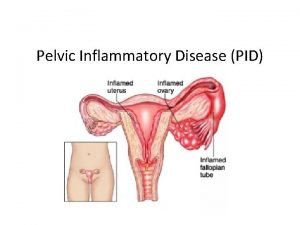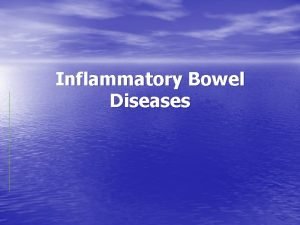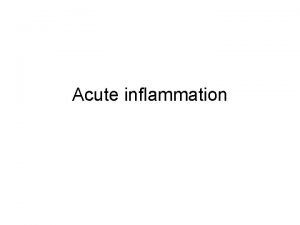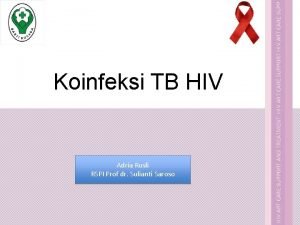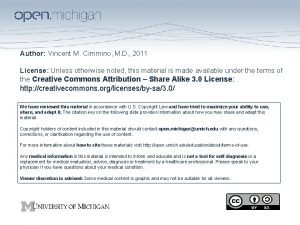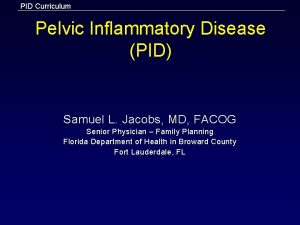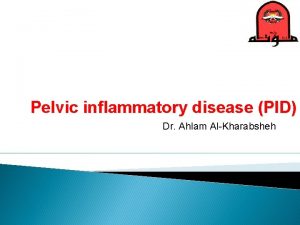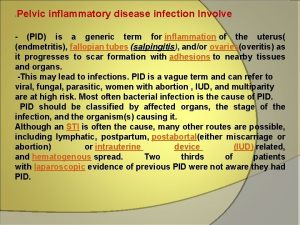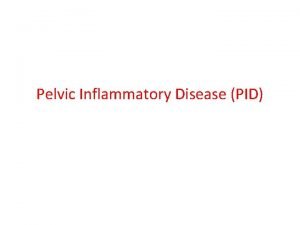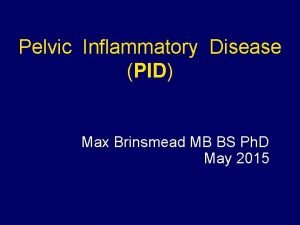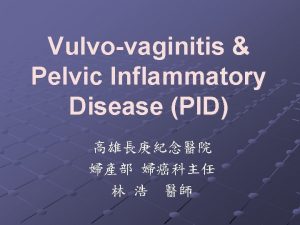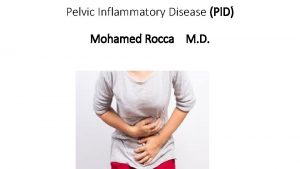Pelvic Inflammatory Disease PID Pelvic Inflammatory Disease What








- Slides: 8

Pelvic Inflammatory Disease (PID)

Pelvic Inflammatory Disease – What is it? • An infection of a women’s reproductive organs caused by bacteria • A complication often caused by some STDs and other infections that are not sexually transmitted can also cause PID – How do you get it? • • • Have an STD and not get treated Have more than one sex partner Have a sex partner who has sex partners other an you Have had PID before Are sexually active and are age 25 or younger Use an IUD – How prevalent is this disease? • In the U. S. , nearly 1 million women have PID each year. • About 1 in 8 sexually active girls will have PID before age 20.

Organism Responsible? • Most common: – Gonorrheal or Chlamydia Infections • Less common: • Bacteria may enter your reproductive tract anytime the normal barrier created by the cervix is disturbed. • This can happen after intrauterine device (IUD) insertion, childbirth, miscarriage or abortion.

Tests and Diagnosis – Diagnosis: • Based on a combination of medical history, physical exam, and other test results. – Tests: • Ultra sound • Endometrial biopsy • Laparoscopy

Signs and Symptoms – Signs and Symptoms • • • Pain in lower abdomen Fever An unusual discharge and odor from vagina Pain bleeding when you have sex Burning sensation when you urinate or Bleeding between periods

Prevention/Treatment – Prevention • Practice safe sex • Talk to doctor about contraceptives • Get tested regularly • Pay attention to hygiene habits – Treatment • If PID is diagnosed early, it can be treated. • Several types of antibiotics can cure PID. – Antibiotic treatment does not reverse any scarring caused by the infection. • Be sure to tell your recent sex partner’s, so they can get tested and treated for STDs, too. • It is also very important that you and your partner both finish your treatment before • Abstinence – You can get PID again if you get infected with an STD again – PID does not require re-screening after treatment • Just get regularly checked for STIs

Future Complications – Formation of scar tissue both outside and inside the fallopian tubes that can lead to tubal blockage – Ectopic pregnancy – Infertility – Long-term pelvic/abdominal pain.

Sources – Mayo Clinic Staff. (2014, May 1). Pelvic inflammatory disease (PID). Retrieved from http: //www. mayoclinic. org/diseasesconditions/pelvic-inflammatorydisease/basics/definition/con-20022341 – Center for disease control and prevention (CDC), (2015, May 4). Pelvic inflammatory disease (PID) – CDC fact sheet. Retrieved from http: //www. cdc. gov/std/pid/stdfact-pid. htm

